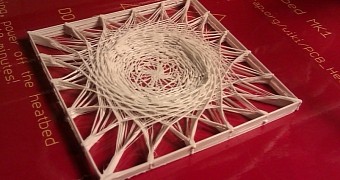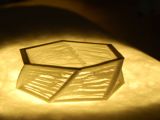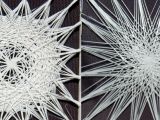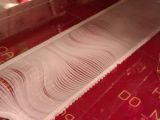G-code can be a wonderful thing if you actually know how to read it. It can allow you to give your 3D printer some really cool abilities. Unfortunately, most people have been steering clear of the idea that it can and should be messed with.
G-code controls every move of a 3D printer. Essentially, it is the language that the components of the contraption know how to read and interpret.
You might be able to create a 3D model of whatever you wish to print. You may even develop a software that can convert a photo or X-ray, or whatever else, into a 3D model.
However, in the end the 3D software has to translate the model into G-code. Only after that can the 3D printer get to work on building up your intended item.
What happens when you meddle with a printer's G-code
Usually, nothing good unless you really know what you're doing. There is a reason why the language didn't change too much over the past few years, or decades depending on how far back you're casting your gaze.
The way models are translated into G-code is also best left alone. However, the current slicing programs limit 3D printing capabilities in ways that are not immediately apparent.
Where there's a will, there's a way, however. And project Silkworm has the way. Or perhaps we should say project Silkworm is the way and three men have it: Adam Holloway, Arthur Mamou-Mani and Karl Kjelstrup-Johnson.
What they've succeeded in doing was invent a way to manipulate a 3D printer's G-code into allowing you to customize the input, even implementing Grasshopper and Rhino geometry while still using CAD software.
In layman terms, it lets you expand your options, to the point where you can control the extruder flow and thickness, as well as the paths and speeds of deposition.
You can give an object contours with a grainy look, for example, or create waves, imitate the look of wood, or add a single layer spiral going up the z-axis (height).
The implications of project Silkworm
Designers may completely change the way they interact with their 3D printers, since they are basically gaining many new options and tools to play with. And since Project Silkworm is just a plugin that can be downloaded for free (open source, albeit still in prototype stage), you can undo the lock on your creativity immediately. The attached photos only show a few of the possibilities.

 14 DAY TRIAL //
14 DAY TRIAL // 


